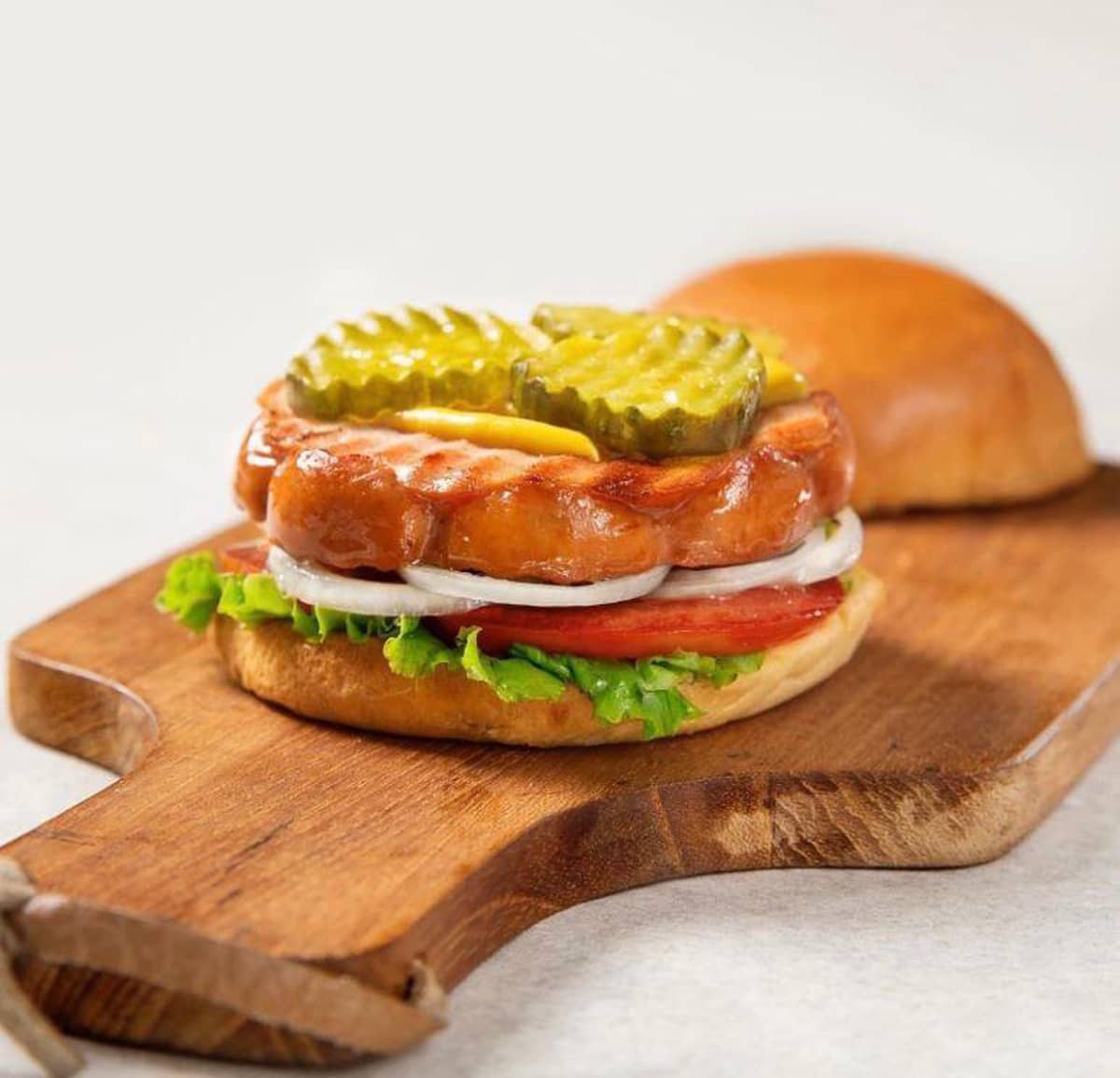Great Advice On How To Train Your Dog

What're your concepts on Dogs?
11 Dog Breeds That Get Along with Pit Bulls
If you want to bring a pit bull into your home or another dog to accompany your pit bull, you should consider which breed to opt for to ensure friendliness and compatibility between the dogs. Take a look at a few dog breeds that get along with pit bulls.
German Shepherd
Originating in Germany, the German Shepherd is an active, loyal, brave and adaptable dog breed. These dogs are generally large in size with a height of 22-26 inches and a weight of 50-90 pounds. They are highly strong and easily trainable dogs.
Being playful and affectionate, the German Shepherd is a good consideration to have when it comes to pit bulls. Since both these breeds tend to be intelligent, loyal and energetic, you will be able to make them get along well as long as you provide vast amounts of training to both.
Generally, it would be a good idea to get a breed of the opposite sex to minimize aggression. Make sure both breeds are neutered as well to prevent issues.
Bringing in a puppy would be easier in terms of training, but either way, you should carefully watch over both dogs during the initial introduction phase to ensure that they do not get into major displays and fights of aggression.
Cocker Spaniel
Cocker Spaniels are much smaller in size than pit bulls, measuring around 15 inches and weighing around 20-30 pounds. Their place of origin is the United Kingdom, where they were initially mainly used as hunting companions.
They are friendly, affectionate, adaptable, flexible and trainable. They have high levels of energy that can match that of a pit bull well. Cocker Spaniels are also playful and friendly with other dogs, making them suitable companions for pit bulls.
While it might take time and caution for them to start getting along, they will soon be on friendly terms as they settle in with each other. It is important to make sure that both dogs are well trained and socialized so that too much aggression does not set in.
You must also always be there to intervene in case there are any fights.
Apart from this, their other needs and traits such as mental invigoration, exercise, training and barking are more or less similar.
English Foxhound
The English Foxhound was originally bred for hunting. These dogs are medium to large in their size, weighing up to 75 pounds with 25 inches in height. They are usually friendly, affectionate, gentle, energetic and playful.
With high trainability, adaptability and physical or mental exercise, you can easily provide proper socialization to these dogs at a similar level as pit bulls.
English Foxhounds are more prone to barking as compared to pit bulls, but when it comes to other dogs, they are extremely tolerant and friendly. This can be attributed to their pack mentality that comes from their hunting origins.
A combination of an English Foxhound and a pit bull can result in making your household a lot more active and energetic. Like all other breeds, however, it is important not to leave the pit bull alone with this dog for too long.
If possible, you or someone should always be around them to keep them in check.
https://petsroof.com/dog-breeds-that-get-along-with-pit-bulls/
Expert Advice About Dogs That Can Really Help You!
While owning a dog is a fun and amazing endeavor, it brings with it a great deal of responsibility. Thankfully, this article was written by other owners to ensure you can learn from their own follies in the past. The advice here will make you the best down owner you can be, so read on.
When giving your dog a bath, make sure that you only put on shampoo that is intended for canines. Using lukewarm water, get the entire body wet and then begin applying the shampoo to their face, working your way down their body. Wait a few minutes and then take a washcloth and wipe off the suds from your pet's face. Wash off the rest of the shampoo as well.
When training your puppy or dog, keep the sessions short! Experts say that a dog has the attention span of a small child, sometimes less, and that longer sessions will actually cause him to forget everything you've learned together. Use positive reinforcement and limit your training sessions to no more than 15 minutes.
Schedule regular veterinary visits. Regular veterinary exams are extremely important for your dog's overall health - as with humans, it is important to catch any health problems early on. The vet will make sure that your dog is up to date on his vaccinations, and check for any other issues such as weight and dental problems or parasites.

Brushing your dog's teeth is important, but it is not easy. If your dog is resisting, once a day simply lift their lips and use your finger to rub their teeth lightly. Do it quickly at first, and then begin to draw out the time you spend performing this action. This will help them get use to the process. After that, you can begin using an actual brush and toothpaste.
If your dog spends a lot of time outdoors, he or she may eventually come in contact with a skunk. If he gets sprayed, mix together one teaspoon of dish-washing detergent, a fourth a cup of baking soda and a quart of hydrogen peroxide solution (but make sure it is no more than three percent). Apply the mixture to your dog's coat and allow it to sit for five minutes. Wash your dog off well afterward.
Brush your dog often, even if he's got short hair. It's good for his coat and skin and can alert you of possible issues like fleas, tics and eczema. The dog will also enjoy the attention and brushing him regularly will keep more of his fur from flying around the house and landing on your furniture and carpets.
You may be tempted to use your favorite hair shampoo on your dog, but this should not be done. Human shampoo can cause dog skin to dry out. Instead, find a quality shampoo that is made for dogs. When you bath your dog, make sure to rinse all of the residue out of his fur.
Determine your dog's specific exercise regimen. help forming a how to keep cats out of sandboxes have different fitness needs based their sex, overall health, age, breed mix, or breed. Every dog should have a couple 10-minute walks a day around the block. Dogs between 6 and 18 months, active breed or mixed breeds, terriers, hounds, and herding dogs will most likely require more fitness than others types of dogs.
Check to make sure your dog's collar is adjusted properly by fitting two of your fingers comfortably underneath it and pulling gently. There should be just enough room to do this and no more, otherwise he may be able to wiggle out of it. Always keep it on, except during crate transport, as the collar can get snagged and injure.
When taking your senior dog to the vet for an annual visit, make sure to request senior blood work. A blood panel can help your vet to identify any kidney, heart or vascular concerns. If caught early, treatment is often minimally invasive and less costly. This is a great way to keep your pet healthy for years to come.
Feed your dog dry, premium-quality dog food. This kind of dog food helps to make sure your dog gets all of their vital nutrients. Making sure that they get proper nutrition helps them live a longer life and reduces their chances of obesity, malnutrition, skeletal problems, muscular problems, and many more conditions.
Be prepared to have a lot of patience with your dog during potty-training. Much like children, dogs learn at different speeds and ages and your canine may be slow or stubborn. Have good resources at your fingertips to assist your efforts and remember not to get angry when your dog has "accidents" as that will only impede his progress.
Your dog needs healthy teeth and you should brush them regularly. This helps to prevent dental problems and gum disease, but also prevents other illnesses. Infections in the mouth can spread to other areas of the dog's body, like the kidneys and the heart. Pet stores sell special toothpaste for dogs.
Attention exercises must be practiced daily. These exercises will help you gain your dog's attention when they are barking or being disruptive or destructive. Once you can gain your dog's attention, you will have less to worry about when you have him out of the house or when there is company over.
If you have a hard time with keeping your dog from chewing your possessions or your furniture, use a taste deterrent. Most pet stores sell bitter apple sprays or other products you can use to keep your dog from chewing. Choose a product that does not contain any chemicals if possible.
Puppies are cute and cuddly, but remember that puppies eventually grow into dogs, and rather quickly. Make sure that you put a lot of thought in your decision to get a dog. Taking a dog into your home is a long-term commitment and comes with certain costs and responsibilities, but is ultimately rewarding.
If you leave your dog with a boarder, there are certain things you need to tell them. First, make sure the boarder has a number to reach you in case of an emergency. Also, tell them of any behavioral issues you dog has. If the dog needs special foods or medication, let the boarder know this as well.
When you bring a new dog home, the first thing you should do is make sure they'll always be able to get back to you. Invest in a safe collar and a tag that contains both your name and phone number. Most lost dogs don't make it home, but with a good tag, you can be sure yours will.
When you are enjoying your dog's companionship, you will be so happy you read this article and began to use the advice you read. Protecting and loving your dog begins with taking the time to learn all you can, and ends with putting that knowledge to use. Start today, for your dog's sake!
As a serious reader about Dogs, I imagined sharing that excerpt was a smart idea. Liked our blog posting? Please quickly share it. Help someone else discover it. Thanks a lot for your time. Come back soon.
